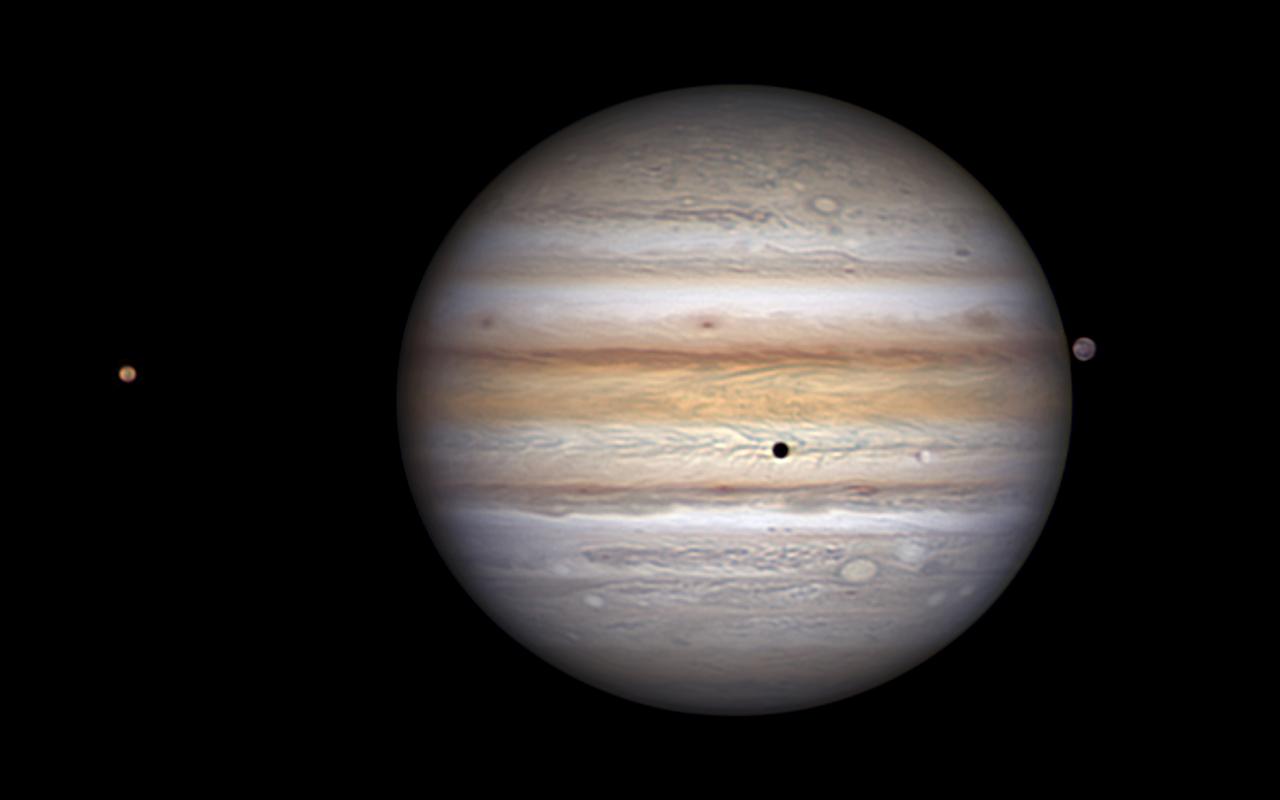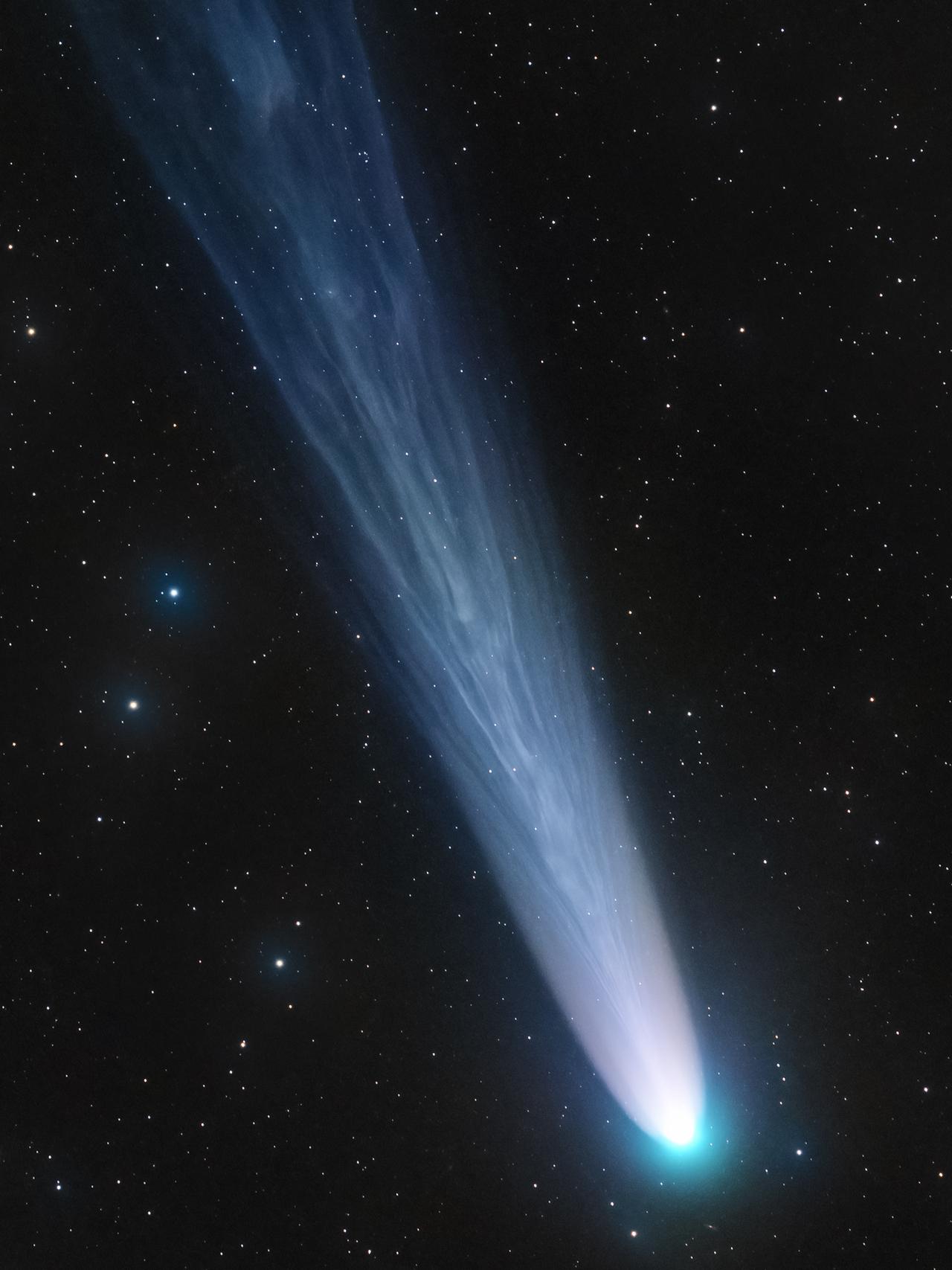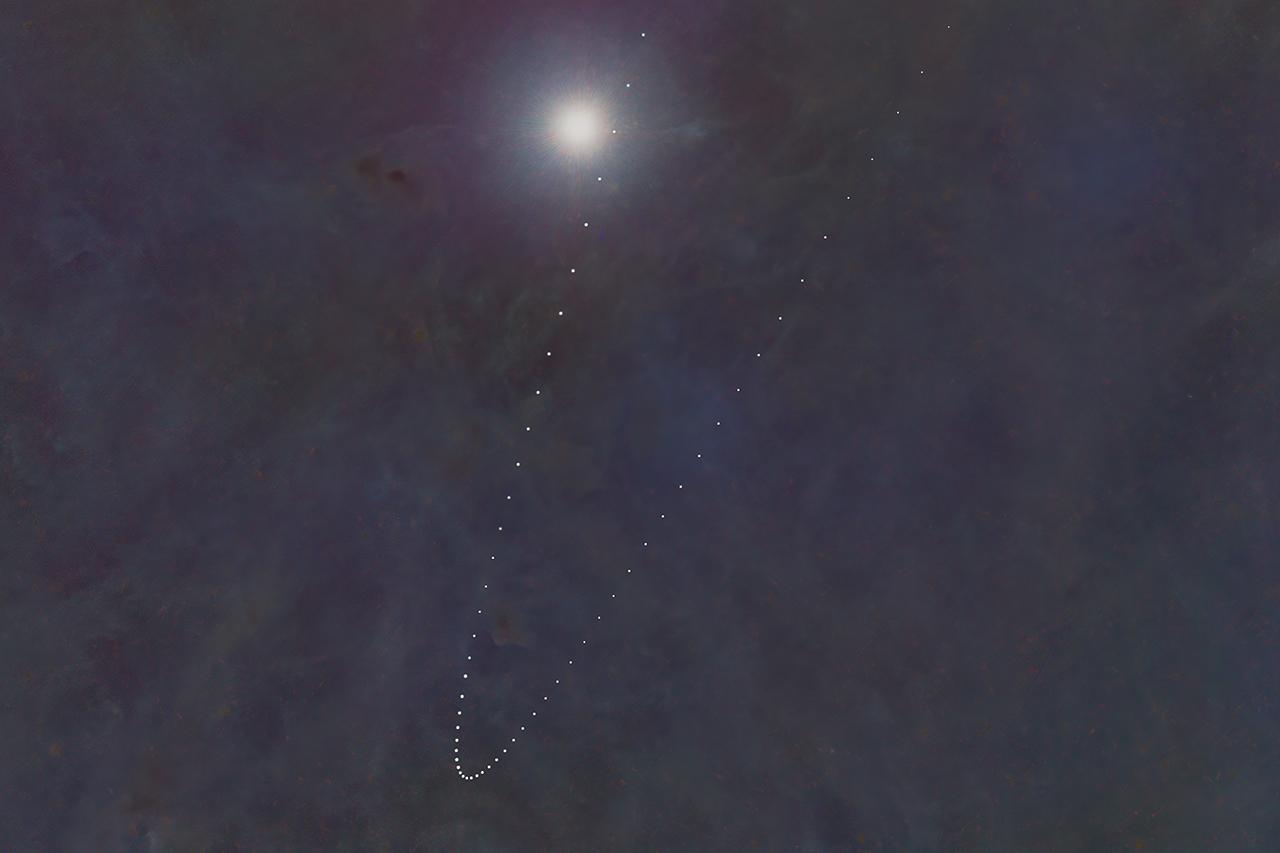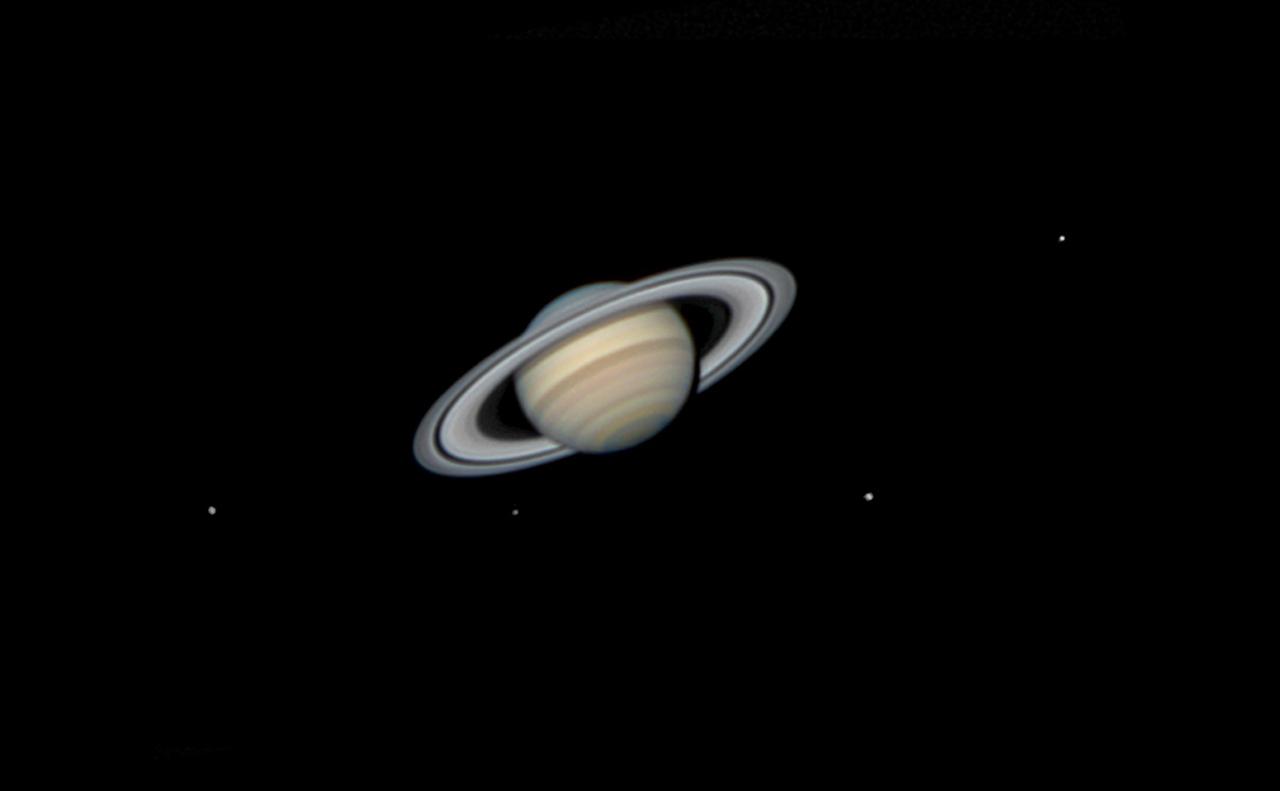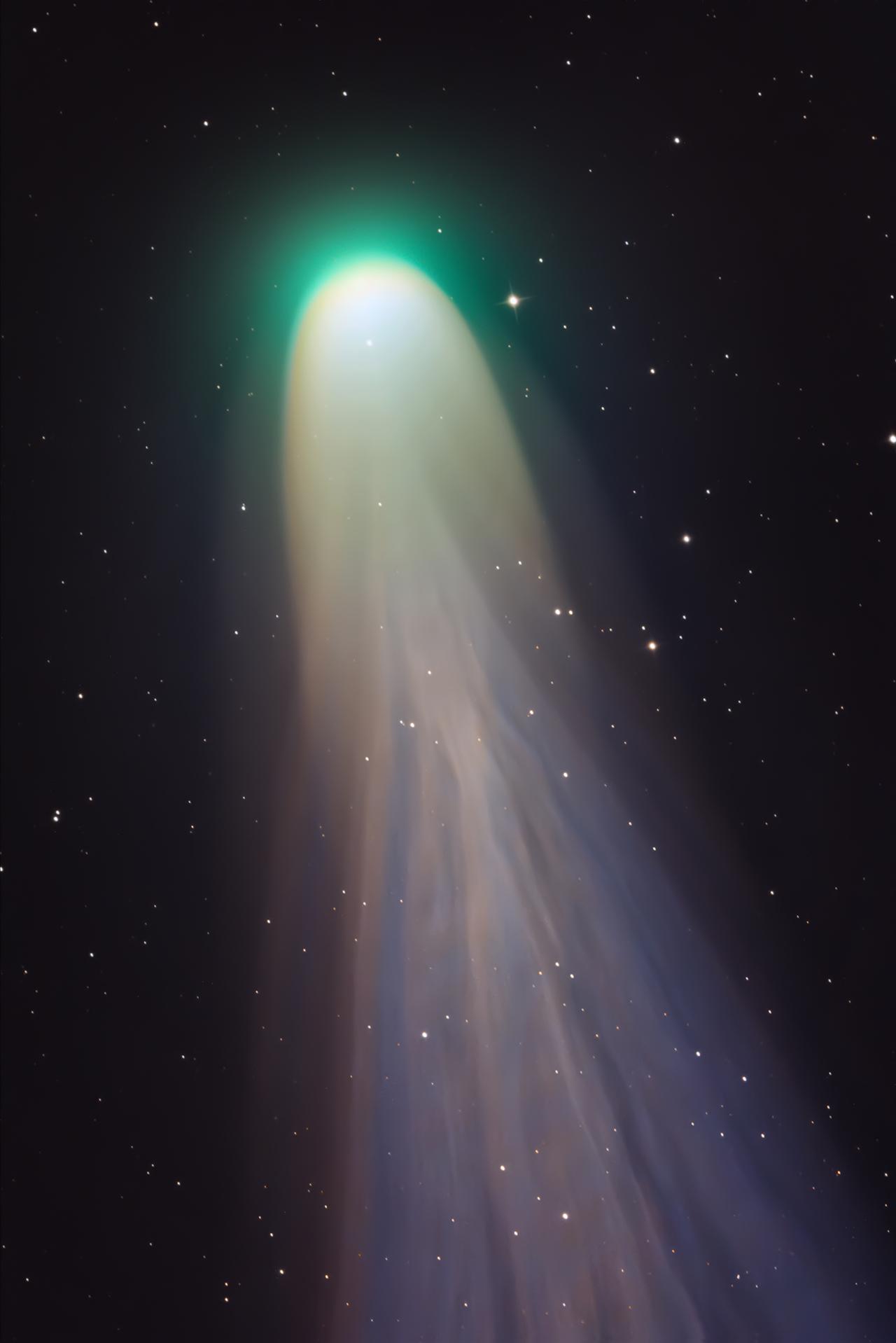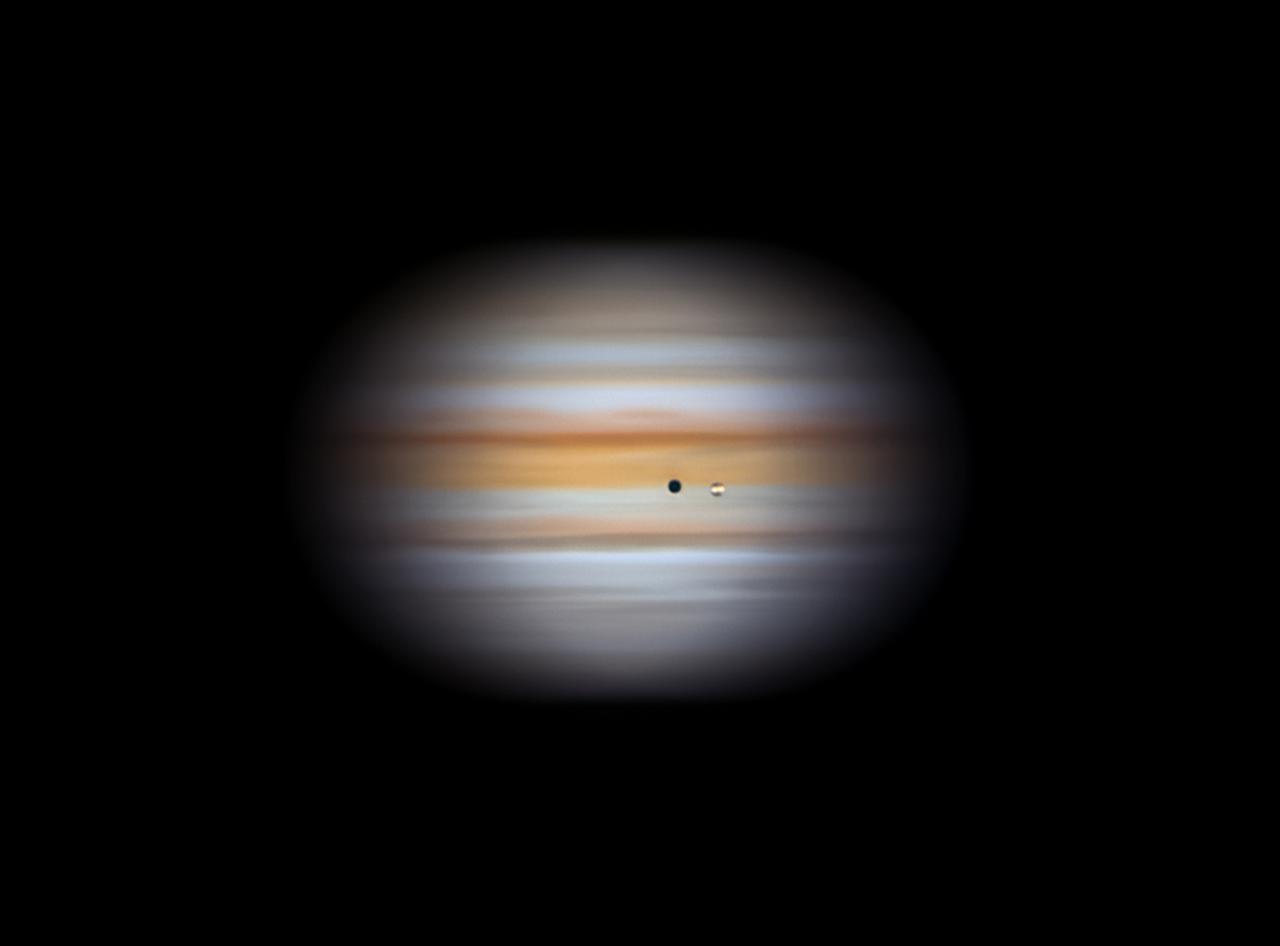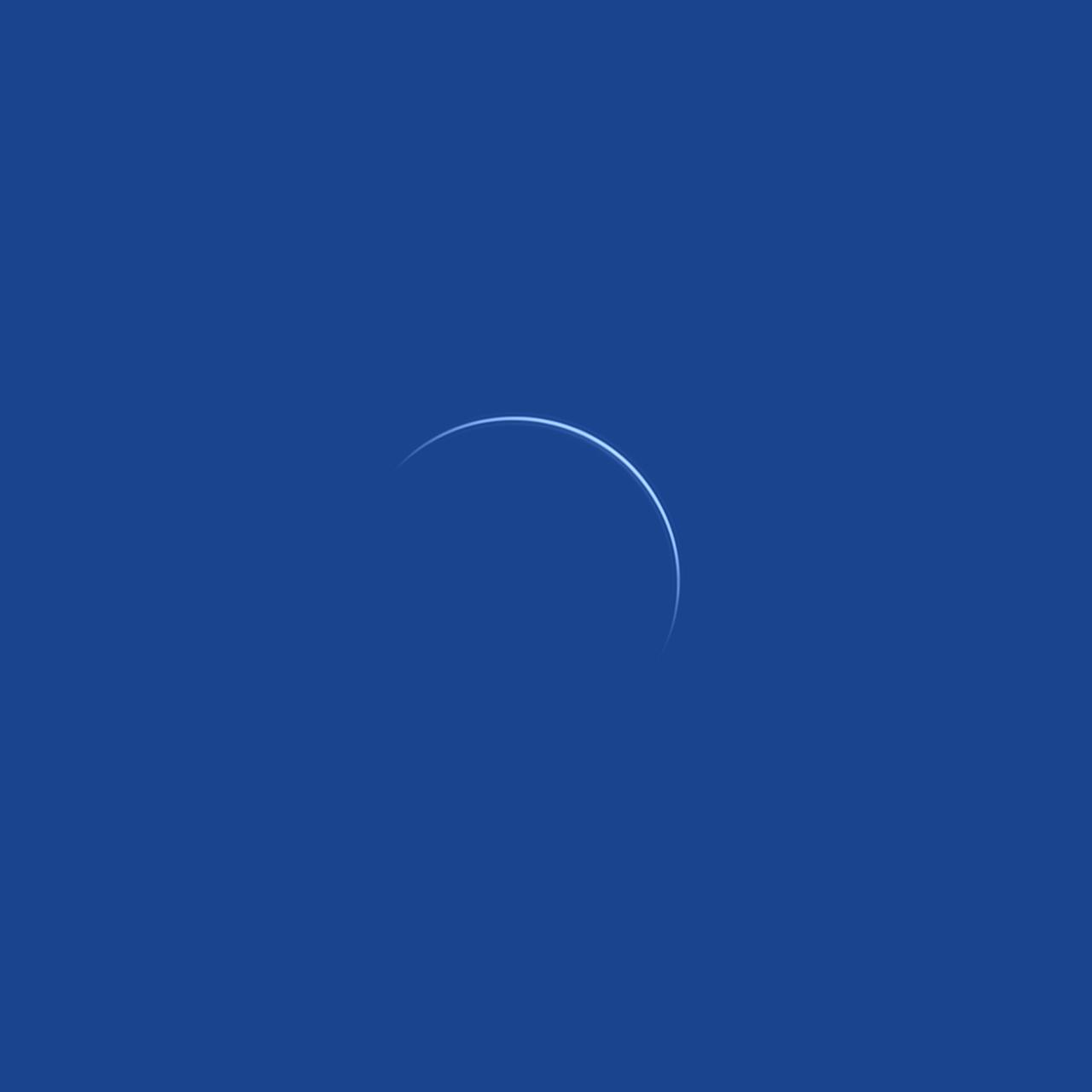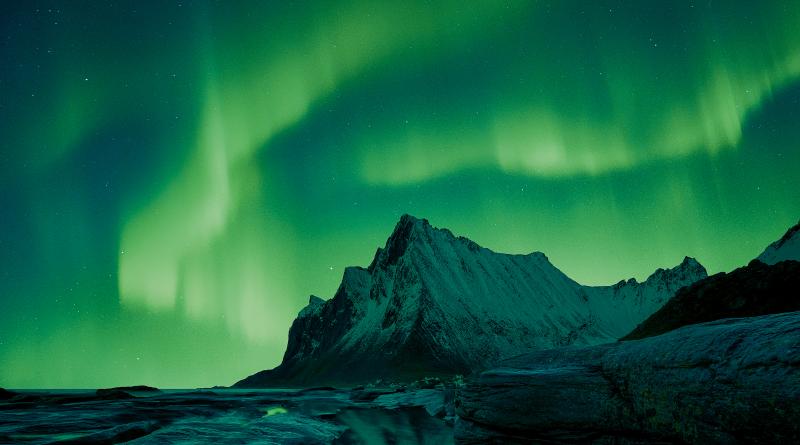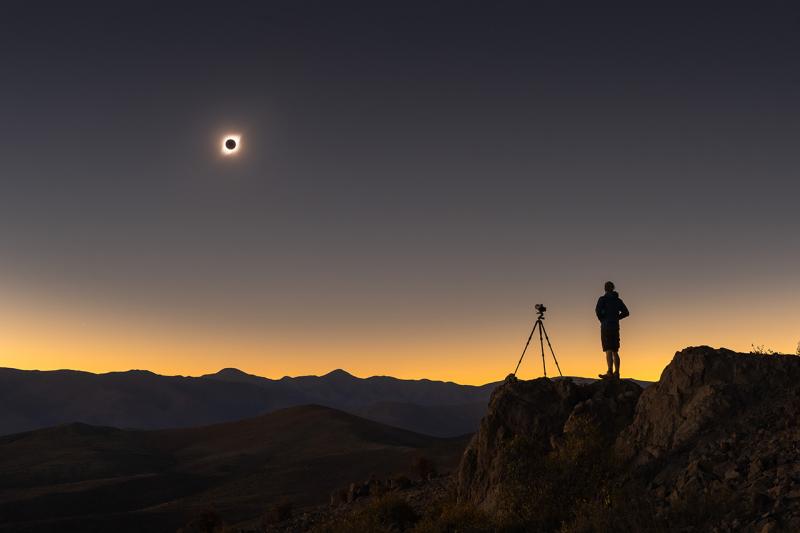
From the ‘wandering’ of the planets, to the fleeting glimpses of comparatively tiny asteroids and delicate perishable comets, the subjects of this category constantly move.
However, the perseverance of the photographers produces spectacular results, capturing both new views of well-known objects and once-in-a-lifetime sights.
This year the competition saw several attempts to capture the splendour of C/2021 A1 Leonard, a long-period comet only discovered in 2021 whose remains are hurtling out of the Solar System never to return.
Meanwhile, familiar objects are captured with clarity and detail only previously achievable with professional research telescopes.
View the full spectacular shortlist below.
The winning image
Disconnection Event by Gerald Rhemann
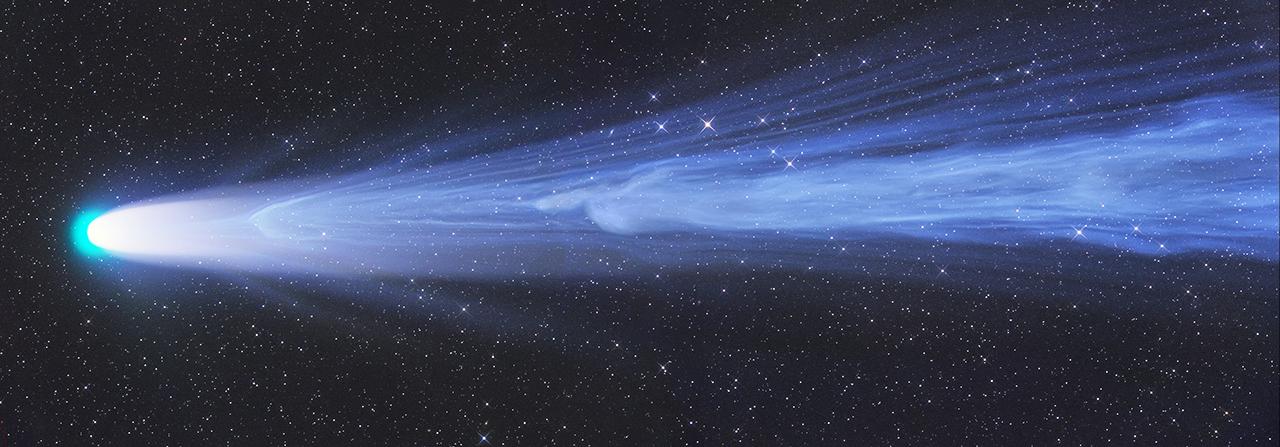
Image taken in Tivoli Southern Sky Guest Farm, Khomas, Namibia
"On 25 December 2021, a dramatic tail disconnection event happened. A piece of Comet Leonard’s tail was pinched off and carried away by the solar wind," Gerald says of the spectacular moment he caught on camera.
"I was very lucky that the weather at Tivoli Farm, Namibia, was excellent when I opened the roof of the observatory. I recognized that the comet’s tail looked dramatic in the first image I took, so decided to extend the field of view with a second image and that’s where the disconnection happened."
Equipment used: ASA 12” Astrograph telescope, ASA DDM 85 mount, ZWO ASI6200MM Pro camera, 1076 mm f/3.6, mosaic of two LRGB composite panels, 400-second exposure per panel
Astronomy, myth and art come together beautifully in this shot. It holds great value to scientists, as it elegantly captures a disconnection event. Yet this photograph, which was taken on Christmas Day, seems to tell an otherworldly story too – it could be the Star of Bethlehem, an angel or a fairy soaring through the night sky.
Imad Ahmed, competition judge
Runner-up
The Jovian Family by Damian Peach
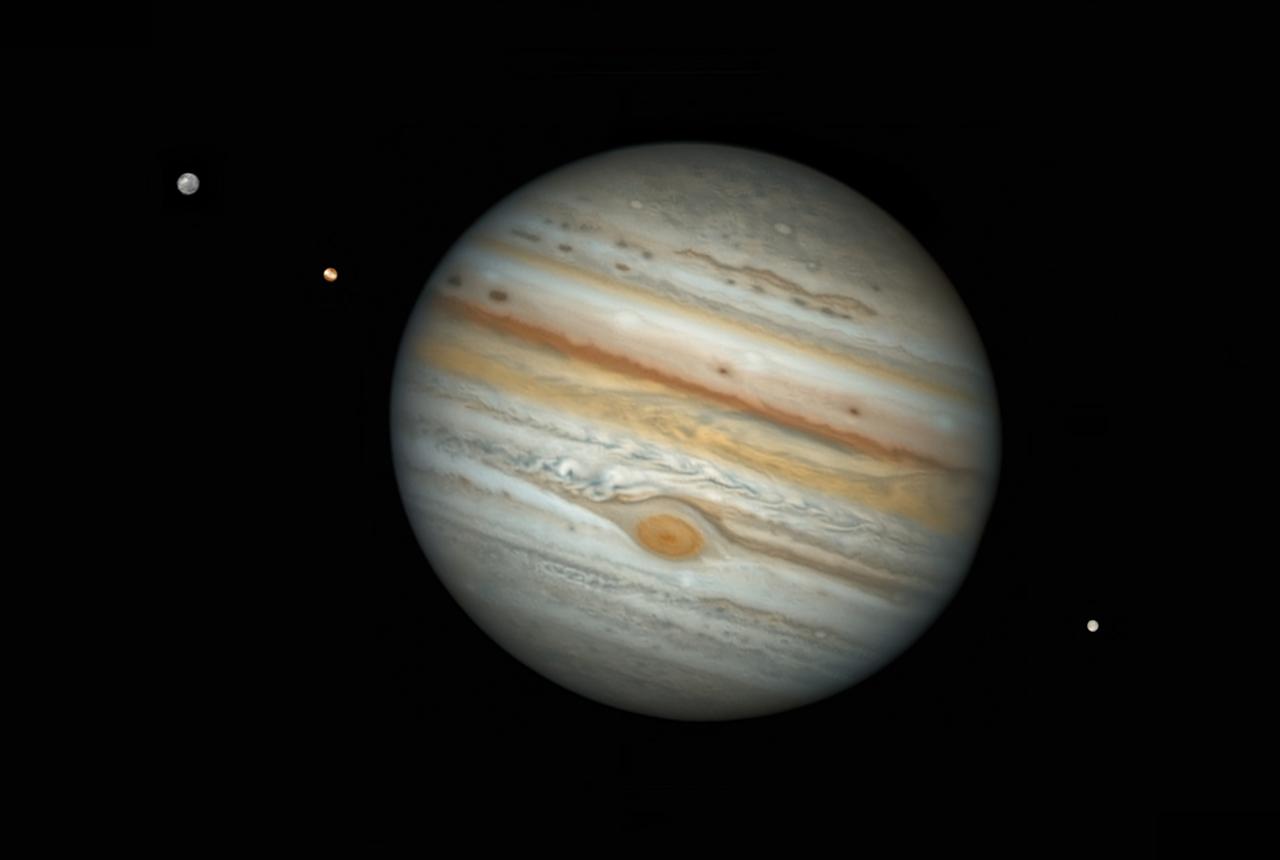
Image taken at El Sauce Observatory, Río Hurtado, Coquimbo, Chile
Damian explains, "Here, Jupiter can be seen alongside three of the planet’s largest moons. The famous Great Red Spot is clearly visible on Jupiter itself, along with many other spots and storms. Similar details are also evident on all three of the Jovian moons. The bright ray crater Osiris can be seen on the moon Ganymede at the upper left."
Equipment used: ASA 1000 RC telescope, ZWO ASI174MM camera, aperture 1000 mm, focal length 16,000 mm, multiple video frames
Not only has the photographer shown the vibrancy of the colours in Jupiter’s turbulent upper atmosphere (with the distinctive Great Red Spot framed beautifully too) and Galilean moons in orbit, but also colour and detail on the moons themselves. Imaging Jupiter and its moons is a popular experiment for astrophotographers but doing it so successfully puts this capture in very rare company indeed.
Ed Bloomer, Royal Observatory Greenwich astronomer and competition judge

Highly commended
Cosmic Rose by Lionel Majzik
Image taken in Mayhill, New Mexico, USA
"On 4 October 2021, it appeared from our position as though Comet 4P/Faye had split the emission nebula Sh2-261 in the constellation Orion. The object, also known as the Lower’s Nebula, is reminiscent of a red rose, but the appearance of the comet completed the ‘rose’ with a ‘rose stem’," says Lionel.
"A few days later, after the comet had passed, I pointed the telescope at the Lower’s Nebula again to capture the fainter details. The image was taken with the iTelescope robotic T11 telescope."
Equipment used: Planewave CDK20 telescope, Planewave Ascension 200HR mount, FLI ProLine 11002M camera, 2280 mm f/4.5, 3 x 300-second and 18 x 120-second Lum. exposures, 3 x 300-second and 3 x 120-second R/G/B exposures, 3 x 300-second H-alpha exposures
Capturing a specific moment in time is one of the greatest powers of photography. This photograph belongs to a select few in astrophotography, where the timing is exceptional. To tell the truth, I have never seen a comet running in front of the very centre of a beautiful circular H II region – it’s a truly unique composition.
László Francsics, competition judge
See the full shortlist
Explore all the photographs in the Planets, Comets and Asteroids category
Our partners



